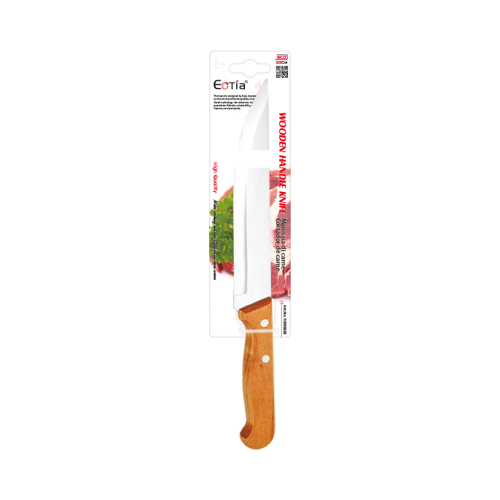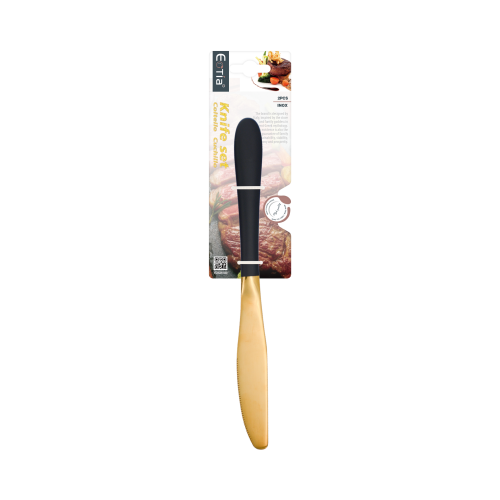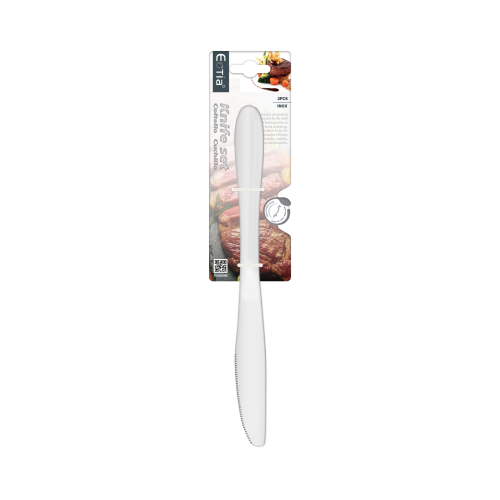When it comes to kitchen knives, the variety can be overwhelming. From slicing and dicing to chopping and carving, each knife has a specific purpose. Understanding the different types of kitchen knives and their uses can significantly enhance your culinary experience. Here’s a detailed guide to help you classify kitchen knives effectively.
1. **Chef’s Knife**
– **Description:** The chef’s knife is the most versatile and commonly used knife in the kitchen. It typically has a broad, tapered blade that ranges from 6 to 12 inches in length.
– **Uses:** Ideal for chopping, slicing, dicing, and mincing a variety of ingredients, including vegetables, fruits, and meats.
– **Classification:** All-purpose knife.
2. **Paring Knife**
– **Description:** A paring knife is a small, short-bladed knife, usually about 3 to 4 inches long. It has a pointed tip and a straight edge.
– **Uses:** Perfect for peeling, trimming, and detailed work such as deveining shrimp or cutting small fruits and vegetables.
– **Classification:** Precision knife.
3. **Bread Knife**
– **Description:** A bread knife features a long, serrated blade, typically around 8 to 10 inches. The serrations help in cutting through crusty bread without crushing it.
– **Uses:** Primarily used for slicing bread, but can also be used for cutting soft-skinned fruits and vegetables like tomatoes.
– **Classification:** Serrated knife.
4. **Utility Knife**
– **Description:** The utility knife is a medium-sized knife with a blade length of 4 to 7 inches. It is smaller than a chef’s knife but larger than a paring knife.
– **Uses:** Suitable for tasks that require more precision than a chef’s knife but are too large for a paring knife, such as slicing sandwiches or cutting smaller vegetables.
– **Classification:** Mid-sized knife.
5. **Boning Knife**
– **Description:** A boning knife has a thin, flexible blade that is usually 5 to 7 inches long. It is designed to maneuver around bones and joints.
– **Uses:** Used for removing bones from meat, poultry, and fish. The flexibility allows for precise cuts close to the bone.
– **Classification:** Specialized knife.
6. **Carving Knife**
– **Description:** A carving knife has a long, thin blade, typically 8 to 15 inches. It is designed to slice thin, even pieces of meat.
– **Uses:** Ideal for carving cooked meats such as roasts, ham, and turkey.
– **Classification:** Slicing knife.
7. **Cleaver**
– **Description:** A cleaver is a large, heavy knife with a rectangular blade. It is one of the heaviest knives in the kitchen.
– **Uses:** Used for chopping through bones and tough materials. It can also be used for crushing garlic or ginger.
– **Classification:** Heavy-duty knife.
8. **Santoku Knife**
– **Description:** The Santoku knife is a Japanese knife with a blade length of 5 to 7 inches. It has a flat edge and a sheepsfoot blade that curves down at an angle approaching 60 degrees at the point.
– **Uses:** Great for slicing, dicing, and chopping. It is similar to a chef’s knife but excels at precision tasks.
– **Classification:** Japanese-style knife.
9. **Fillet Knife**
– **Description:** A fillet knife has a thin, flexible blade that is typically 6 to 9 inches long. It is designed to fillet fish and remove skin.
– **Uses:** Perfect for filleting fish and other delicate tasks that require precision and flexibility.
– **Classification:** Specialized knife.
10. **Steak Knife**
– **Description:** A steak knife is a small, sharp knife with a serrated edge, usually around 4 to 6 inches long.
– **Uses:** Designed for cutting through cooked meat, particularly steak, at the dining table.
– **Classification:** Table knife.
Conclusion
Understanding the different types of kitchen knives and their specific uses can greatly improve your efficiency and precision in the kitchen. By classifying knives based on their design and purpose, you can ensure that you have the right tool for every culinary task. Whether you’re a professional chef or a home cook, having a well-organized knife collection is essential for creating delicious meals with ease.



